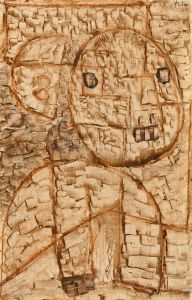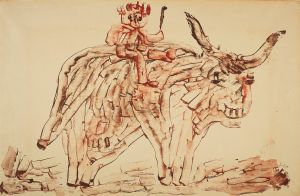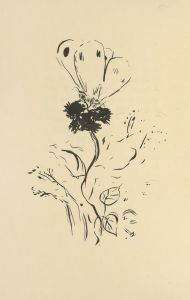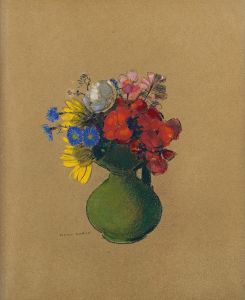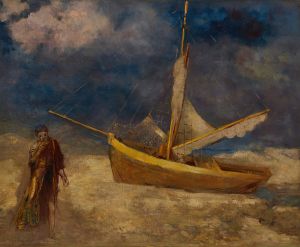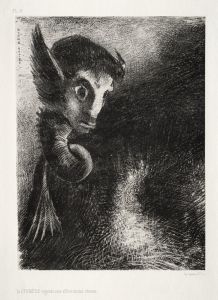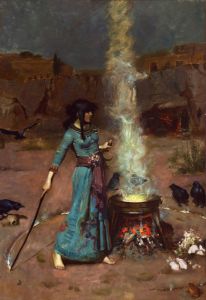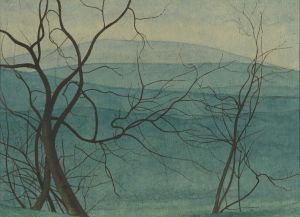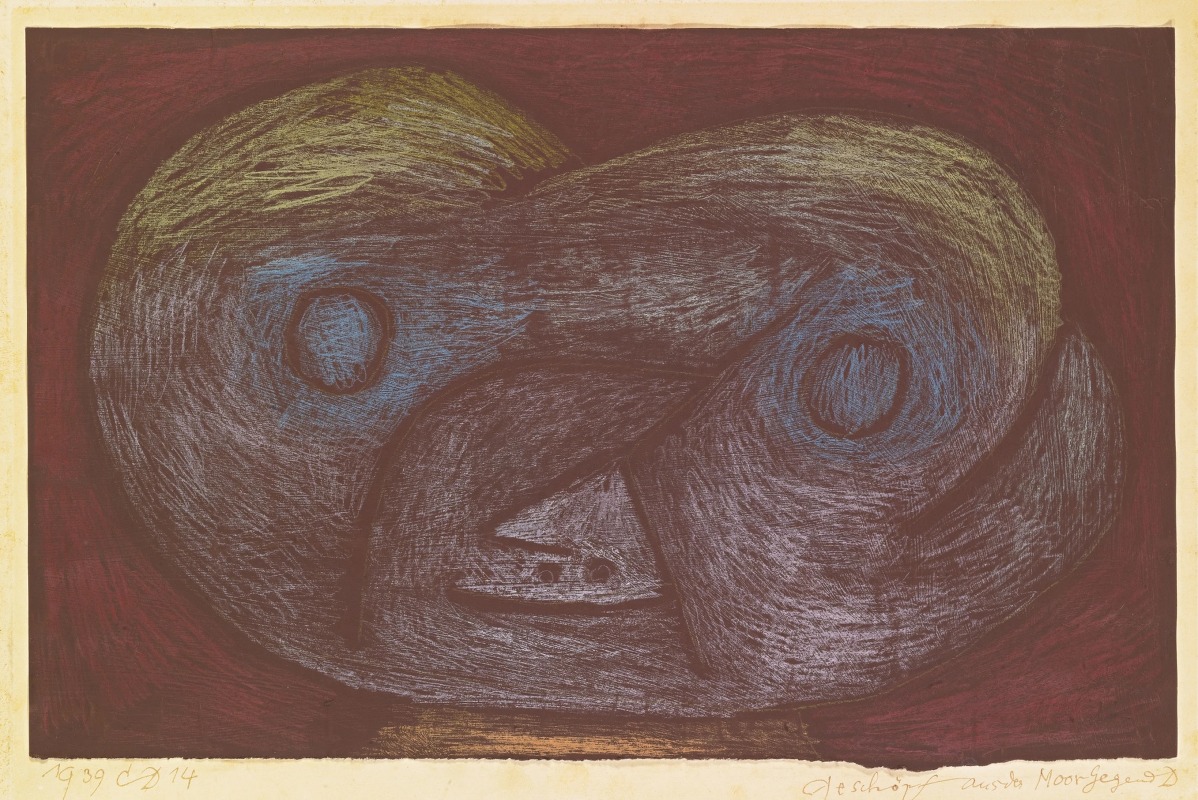
Geschöpf aus der Moor Gegend D
A hand-painted replica of Paul Klee’s masterpiece Geschöpf aus der Moor Gegend D, meticulously crafted by professional artists to capture the true essence of the original. Each piece is created with museum-quality canvas and rare mineral pigments, carefully painted by experienced artists with delicate brushstrokes and rich, layered colors to perfectly recreate the texture of the original artwork. Unlike machine-printed reproductions, this hand-painted version brings the painting to life, infused with the artist’s emotions and skill in every stroke. Whether for personal collection or home decoration, it instantly elevates the artistic atmosphere of any space.
Paul Klee was a Swiss-born artist and a key figure in the development of modern art. Known for his highly individual style, Klee's work was influenced by movements such as Expressionism, Cubism, and Surrealism. His art is characterized by a unique use of color and a whimsical, often childlike quality. Klee's work often explores themes of fantasy and abstraction, and he is celebrated for his ability to blend the boundaries between visual art and music.
"Geshöpf aus der Moor Gegend D" is one of Klee's works, which translates to "Creature from the Moor Region D" in English. This piece is part of Klee's extensive body of work that often features imaginative and abstract representations. Klee's art frequently incorporates elements of nature and the fantastical, and this painting is no exception. The title suggests a connection to a natural, perhaps mysterious, landscape, which is a recurring theme in Klee's oeuvre.
Klee's artistic process was deeply influenced by his personal experiences and his interest in the natural world. He was known for his meticulous attention to detail and his innovative use of color theory. Klee often employed a technique that involved layering colors and using geometric shapes to create depth and texture in his paintings. This approach is evident in "Geshöpf aus der Moor Gegend D," where the interplay of colors and forms creates a sense of movement and life.
Throughout his career, Klee was associated with several influential art movements and groups. He was a member of the Bauhaus school, where he taught alongside other prominent artists such as Wassily Kandinsky and László Moholy-Nagy. The Bauhaus was known for its emphasis on the integration of art, design, and architecture, and Klee's work from this period reflects these interdisciplinary influences.
Klee's art was also shaped by his travels and his exposure to different cultures. His visits to Tunisia and Egypt, for example, had a profound impact on his use of color and his exploration of abstract forms. These experiences enriched his artistic vocabulary and contributed to the development of his distinctive style.
Despite facing personal and professional challenges, including political persecution during the rise of the Nazi regime, Klee continued to produce a significant body of work. His art was labeled as "degenerate" by the Nazis, and many of his works were removed from German museums. Nevertheless, Klee's legacy endured, and his influence can be seen in the work of later artists who embraced abstraction and experimentation.
"Geshöpf aus der Moor Gegend D" exemplifies Klee's ability to create a sense of wonder and curiosity through his art. The painting invites viewers to engage with its abstract forms and to imagine the world it depicts. Klee's work continues to be celebrated for its innovative approach and its ability to transcend traditional artistic boundaries. His contributions to modern art remain influential, and his paintings are held in major collections around the world.





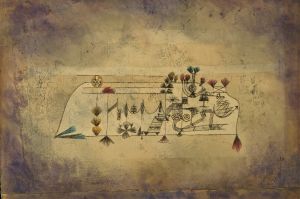
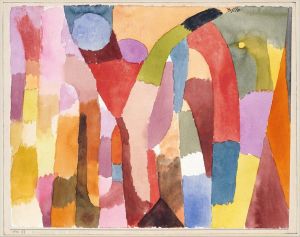
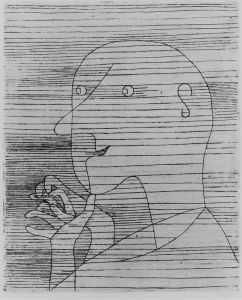
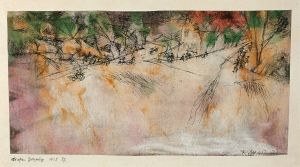
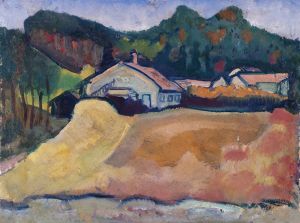
![Abstract. Red and Green Gradation [with some cinnibar in vertical format]](/imgs/217150/s/paul-klee-abstract-red-and-green-gradation-with-some-cinnibar-in-vertical-format-c035e638.jpg)
